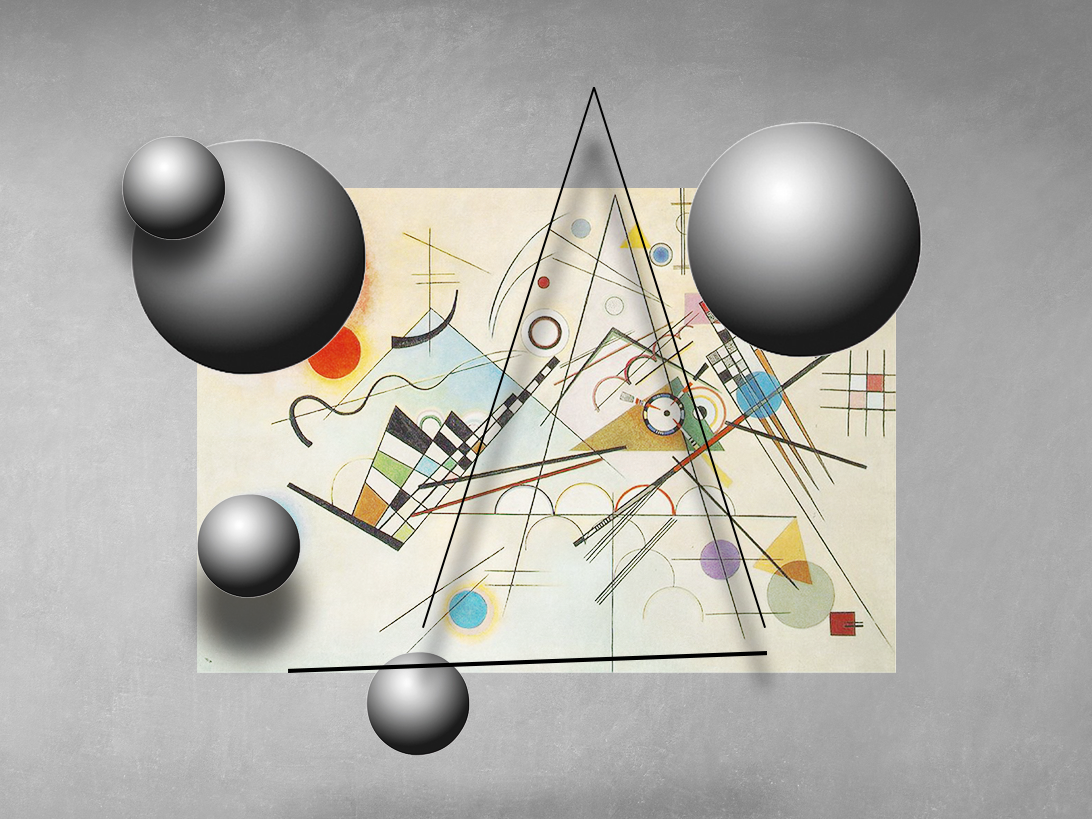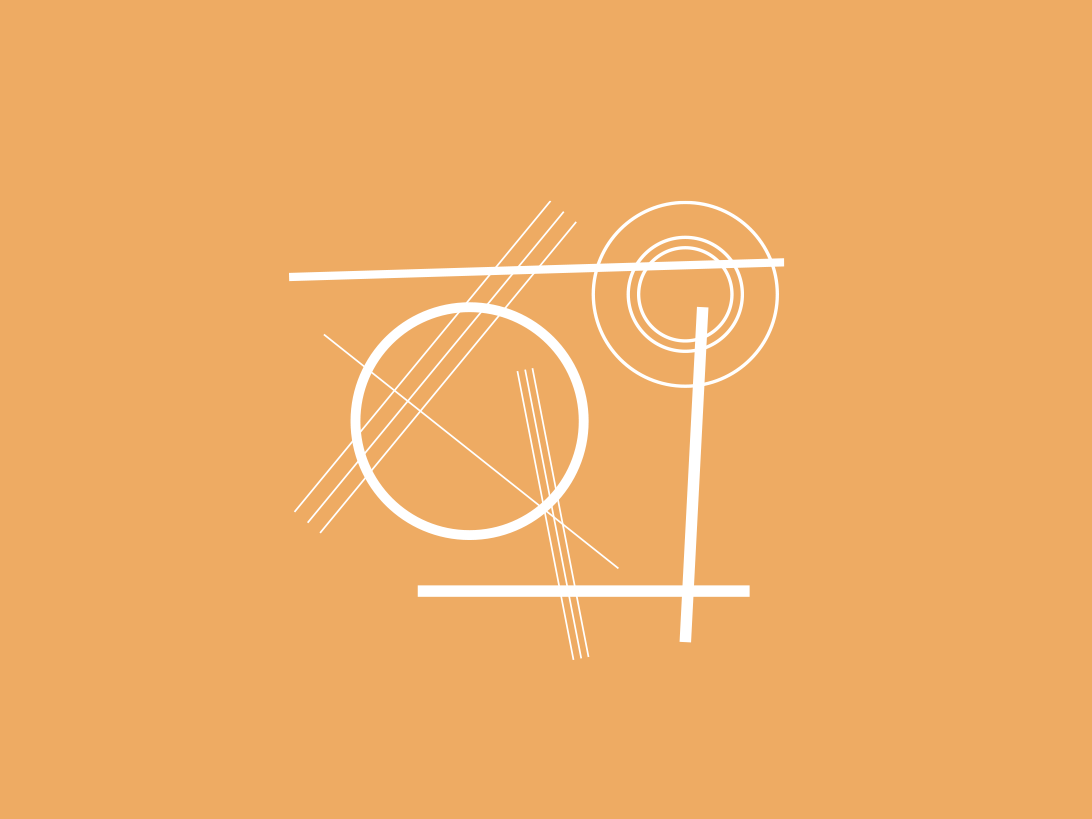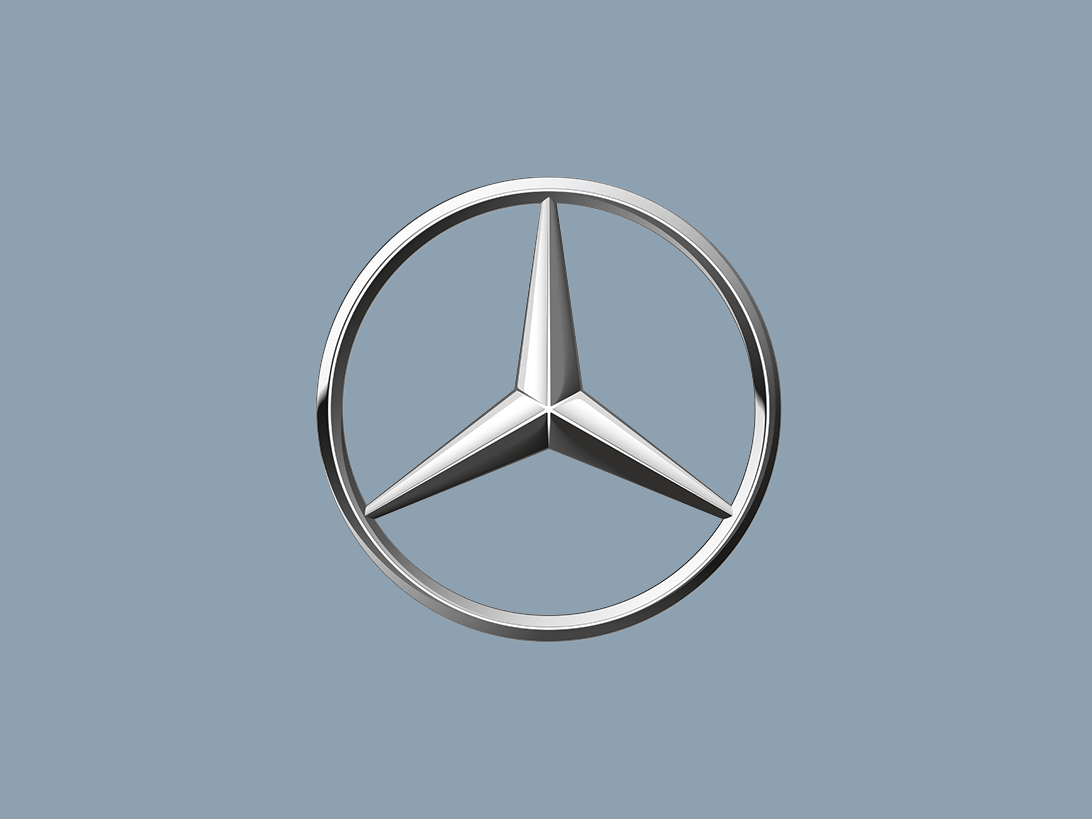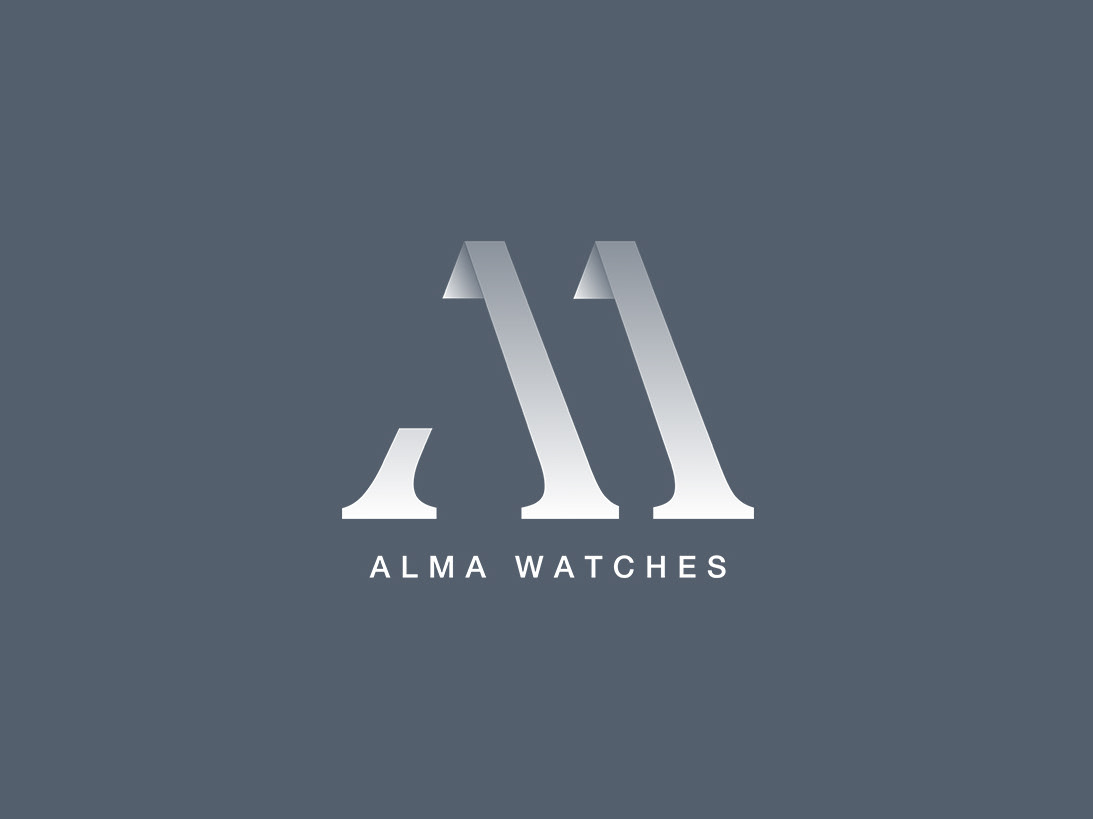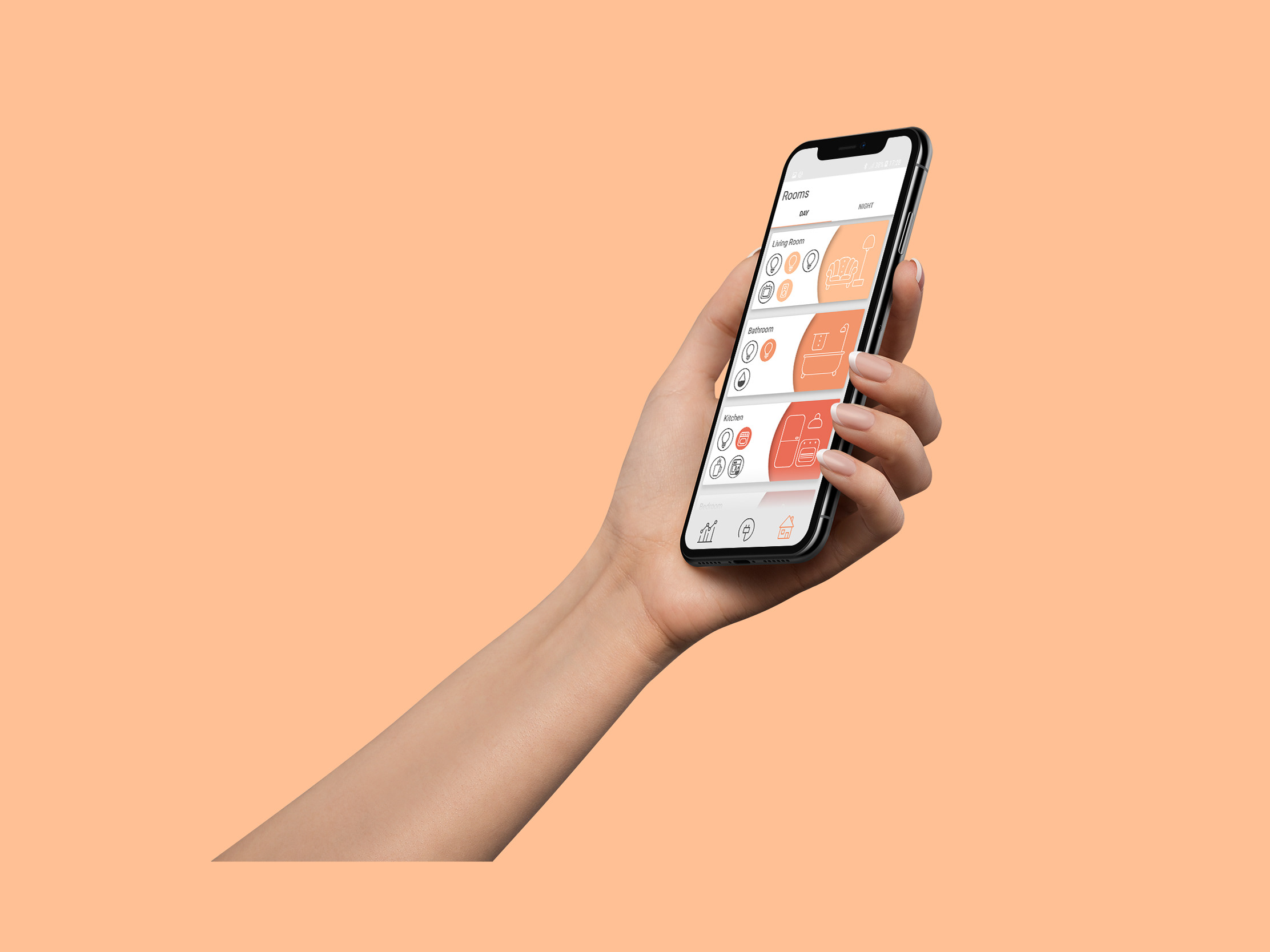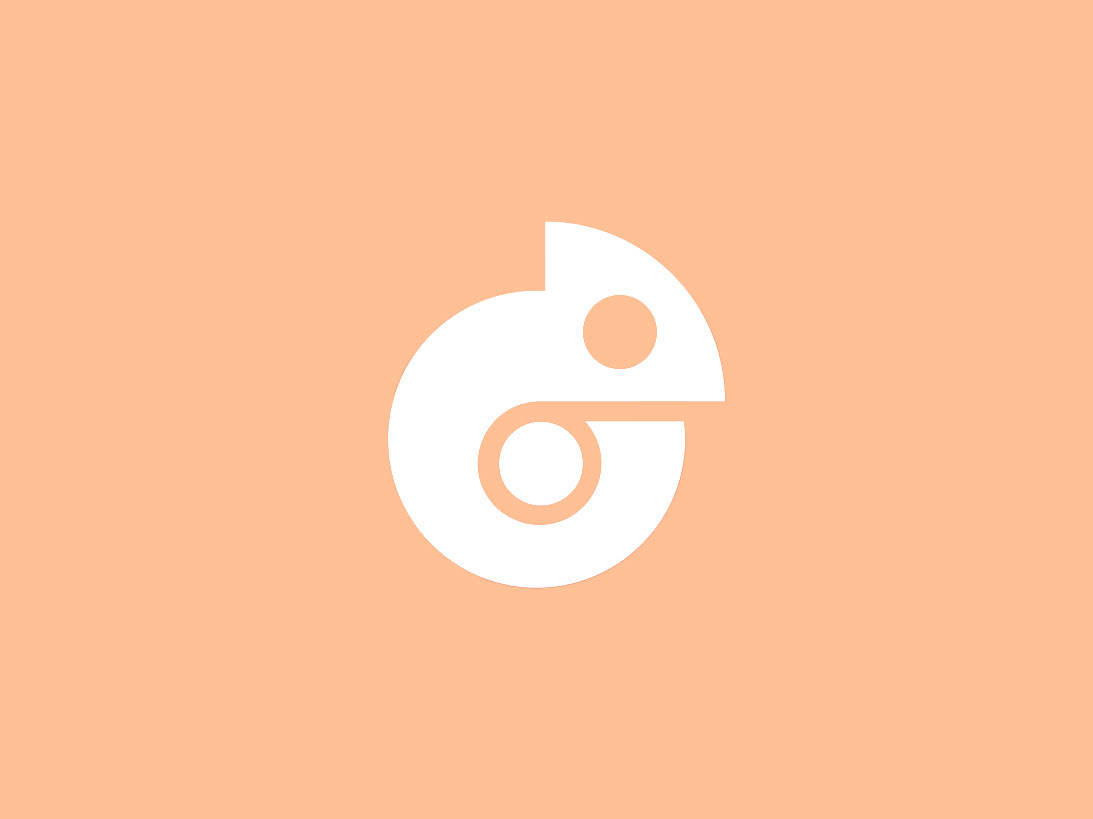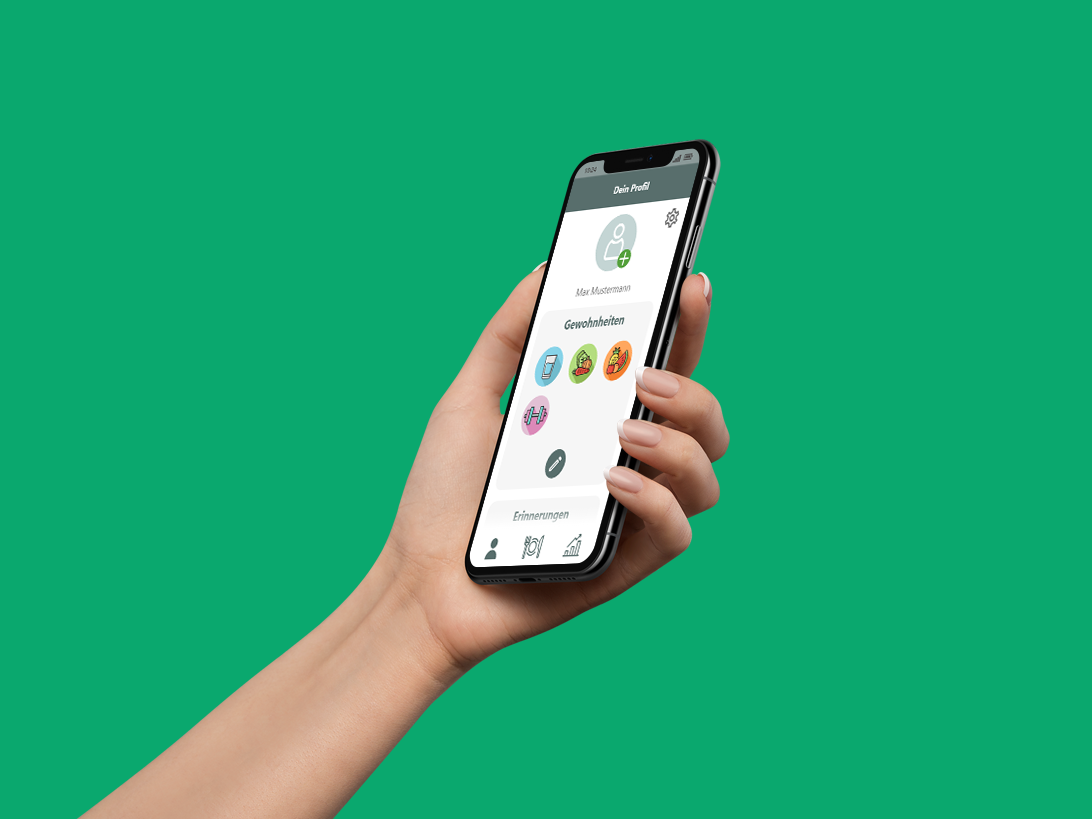Prototype
During my internship at the IDUX department, I had the opportunity to collaborate with two other talented students to build a prototype of a complex system using Unity. Together, we conceptualized, designed, and prototyped the system from scratch, putting our skills and creativity to the test.
Throughout the project, we faced numerous challenges and had to think outside the box to come up with innovative solutions. We leveraged our knowledge of Unity to create a functional prototype.
The following video showcases the prototype in action and demonstrates how participants were able to interact with it in a user study.
Example of User Interaction within the Prototype
Master Thesis
Visualization of Collaborative Behavior in Transitional Interfaces
Visualization of Collaborative Behavior in Transitional Interfaces
As part of my master’s thesis, I was involved in a research project on collaborative user behavior in Transitional Interfaces. My thesis was supervised by Jan-Henrik Schröder, with whom I also collaborated on a paper that was partially based on my master's thesis. The project aimed to define the metrics and visualizations necessary to analyze collaborative user behavior in Transitional Interfaces, as there were no standardized frameworks or visualizations available for this purpose. I played a key role in designing the visualizations. I coded the information using appropriate visual variables to ensure that the visualizations accurately represented the data and were easy to use.
The visualizations I designed - place and distance, temporal patterns, group use of contexts, individual use of contexts - effectively communicate the complex aspects of collaborative user behavior in transitional Interfaces. They allow for easy identification of patterns and relationships between different contextual combinations and transitions.
My work in designing and implementing these visualizations showcases my skills in using design principles and visual variables to communicate complex information in a clear and understandable way.
My work was a Part of a CHI Paper, which received recognition through the Best Paper award at CHI 2023
Visualisation of place and distance
Visualisation of temporal patterns, group use of contexts and individual use of contexts
Presentation of the paper at CHI 23
Abstract of the Paper
Transitional Interfaces are a yet underexplored, emerging class of cross-reality user interfaces that enable users to freely move along the reality-virtuality continuum during collaboration. To analyze and understand how such collaboration unfolds, we propose four analytical lenses derived from an exploratory study of transitional collaboration with 15 dyads.
While solving a complex spatial optimization task, participants could freely switch between three contexts, each with different displays (desktop screens, tablet-based augmented reality, head-mounted virtual reality), input techniques (mouse, touch, handheld controllers), and visual representations (monoscopic and allocentric 2D/3D maps, stereoscopic egocentric views).
Using the rich qualitative and quantitative data from our study, we evaluated participants’ perceptions of transitional collaboration and identified commonalities and differences between dyads. We then derived four lenses including metrics and visualizations to analyze key aspects of transitional collaboration:
(1) place and distance,
(2) temporal patterns,
(3) group use of contexts,
(4) individual use of contexts
